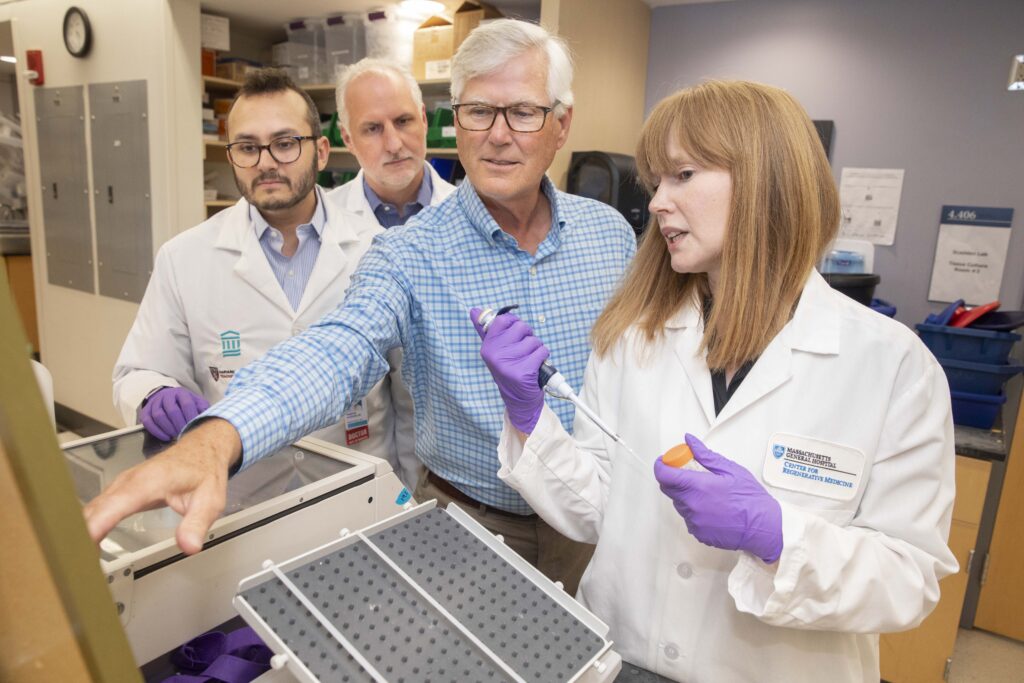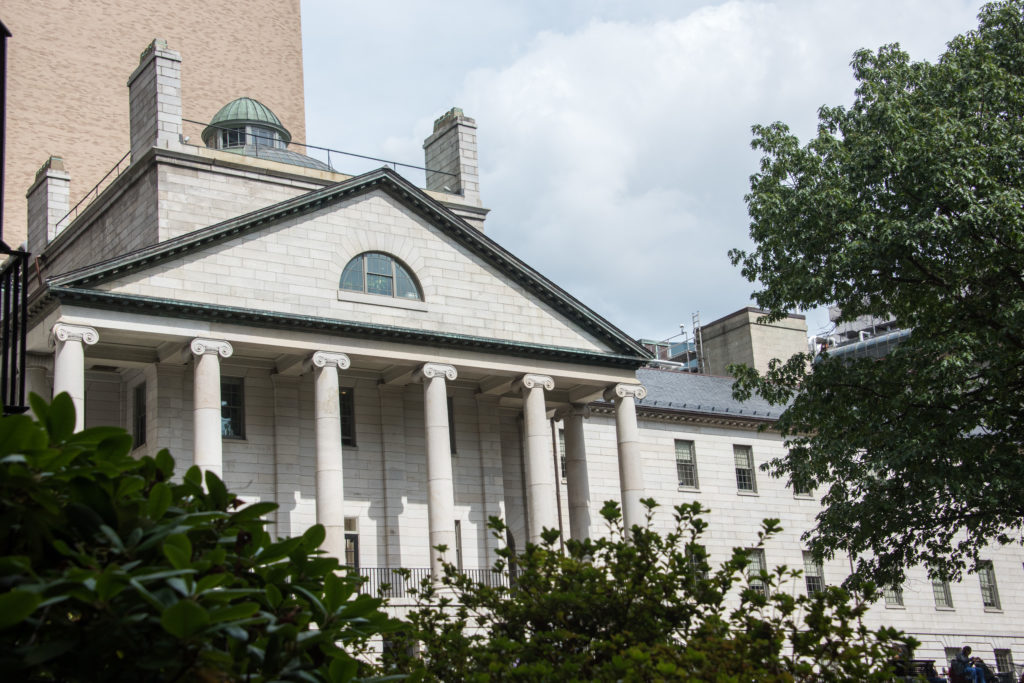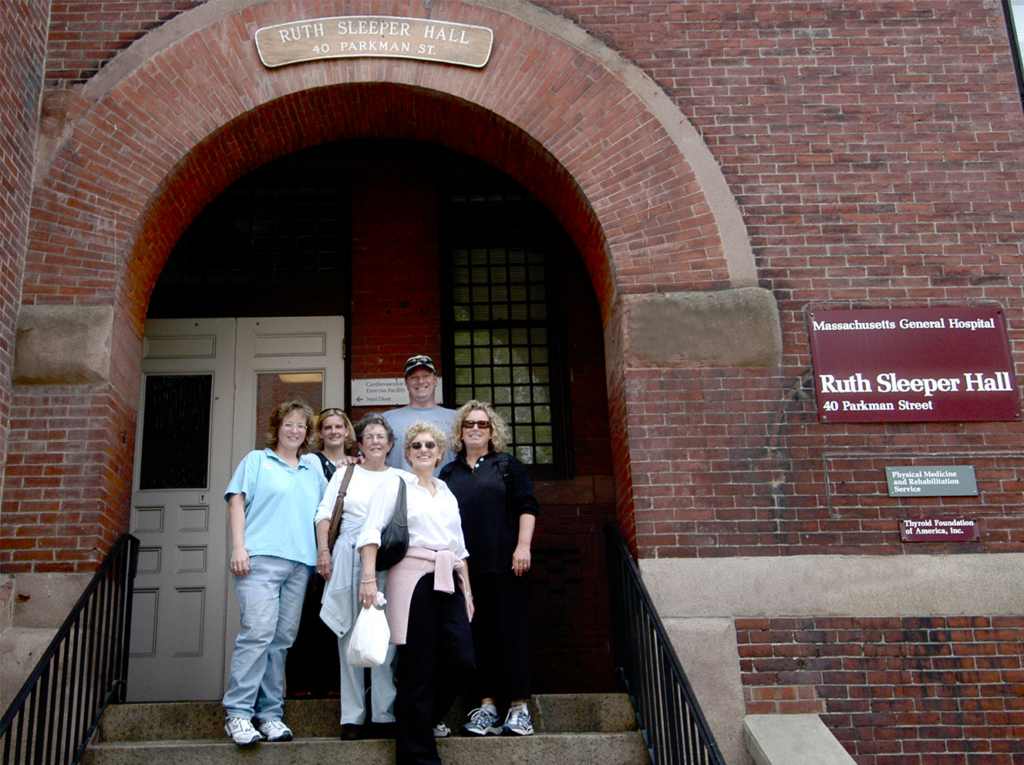I love my job. I work with people who are inspired to support Massachusetts General Hospital creatively, beyond writing a check.
The gifts they make are fulfilling because they feel right. They reflect the donor’s personal objectives, abilities and dreams. And because these gifts are tax-effective, their impact at the hospital is maximized.
I have met many interesting and compassionate folks, but one donor stands out. Her name is Anna.
Mission-driven Donor
Anna is 72 years old. She cares about Mass General and its mission to deliver the best research-informed care, grow meaningful community connections and train scientific pioneers. She called me one November morning. Anna could write a check but was curious about how to make a more tax-efficient gift.
Anna explained that each year, she’s required to withdraw a certain percentage from her Individual Retirement Account (IRA) — and then pay taxes on that withdrawal. This is called a required minimum distribution (RMD). The investments inside her IRA have performed well over time, and so each year’s RMD is often more than she needs.
Tax-wise Solution
Donors older than 70½ can direct a gift from their IRA to a charity like Mass General and side-step the income tax that would otherwise be due on that RMD income.
I explained to Anna that she could take all or part of that RMD, and direct it to charity as a qualified charitable distribution (QCD). This way, the withdrawal never gets counted as income but is credited against her RMD for the year, whether she itemizes deductions or not. This year, donors can make QCDs of up to $105,000.
Building Trust
We called Anna’s financial advisor to discuss the idea, and he fully endorsed the strategy as tax beneficial. As a result, he now encourages his other charitably minded clients to consider QCDs.
Together, we walked through the process of making a QCD. I helped Anna locate the forms that her IRA administrator and advisor would need. I answered her questions, confirmed information and made sure that this meaningful gift supports the hospital the way she intends.
Anna’s Vision
Anna was pleased. She wanted to do more but didn’t know how much of her IRA she would need in the future. We discussed a second approach: what to do if the IRA has a balance when she passes.
I explained that she could think of that IRA like a bequest in a will. If left to children or other heirs, retirement plan assets — IRA, 401(k), 403(b) — are taxable. But since Mass General is a nonprofit, it pays no taxes on gifts received from a retirement account.
Anna decided to leave a percentage of any remaining IRA balance to Mass General. She updated her IRA’s successor beneficiary designations with the account custodian and documented at Mass General how her future gift will help.
More Than the Sum of Its Parts
What Anna did for Mass General was creative and generous. She used her IRA as a tax smart philanthropic tool to strengthen the hospital both immediately and in the future. It is a giving strategy tailored to her unique situation. And most importantly, it felt right.
What feels right to you?
Contact Mark and his colleagues directly at mghdevpg@mgh.harvard.edu or 617.643.2220 to talk through your options. Or visit our website to get some ideas.





